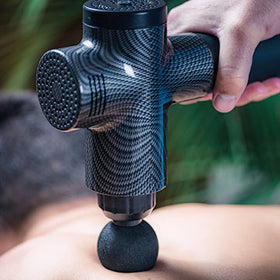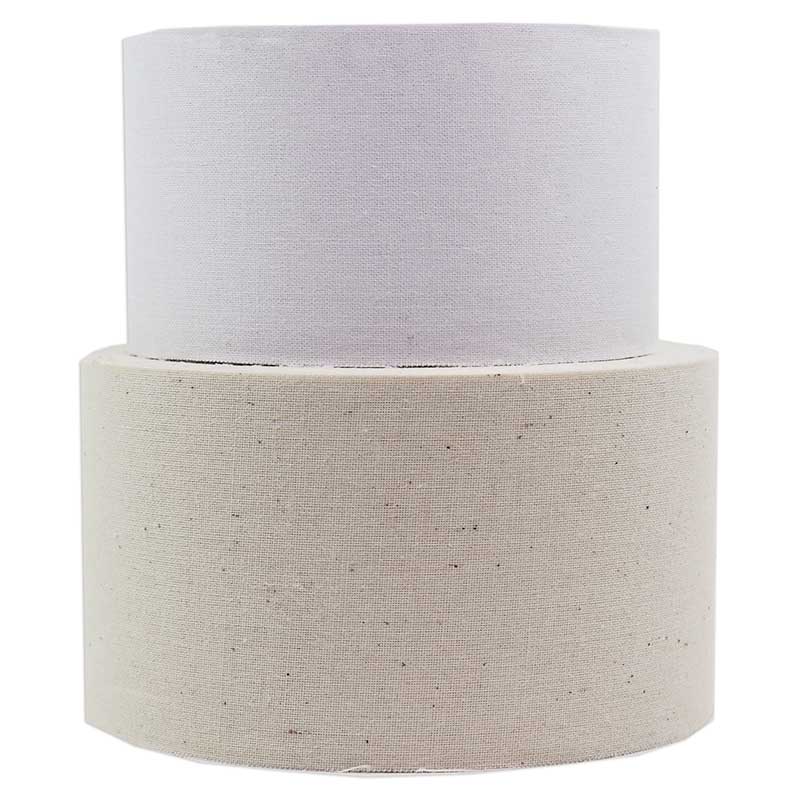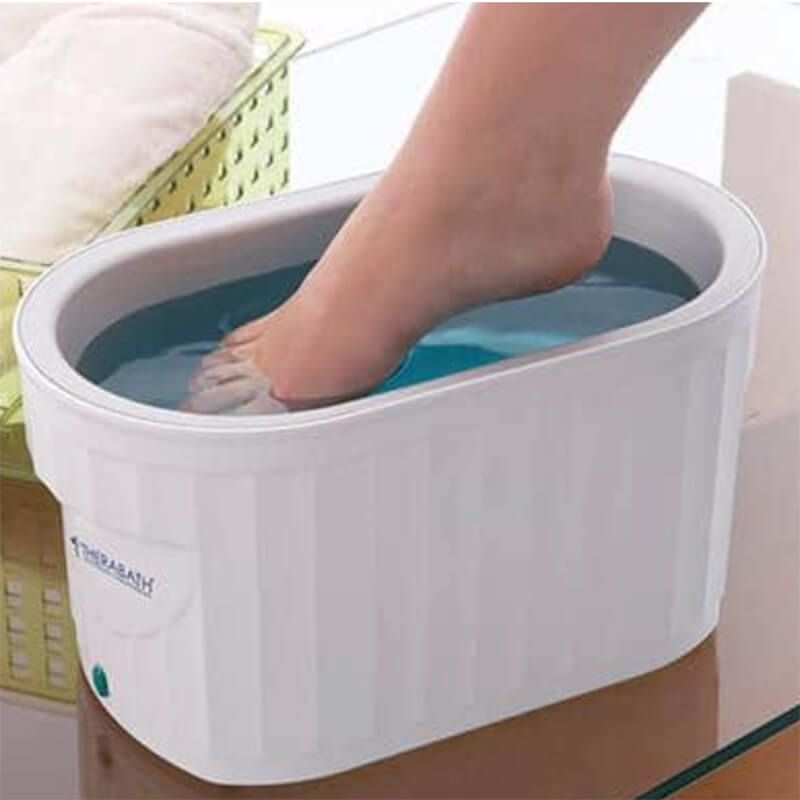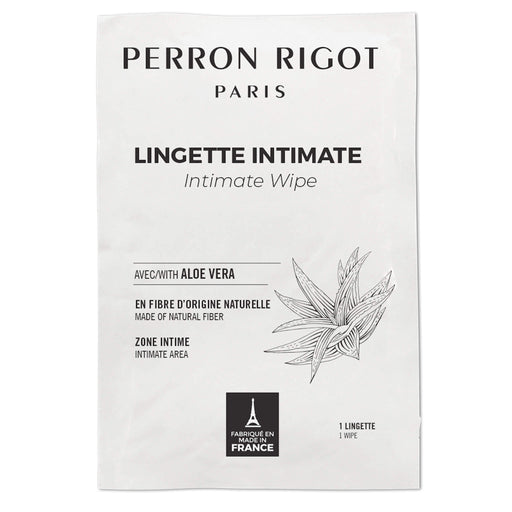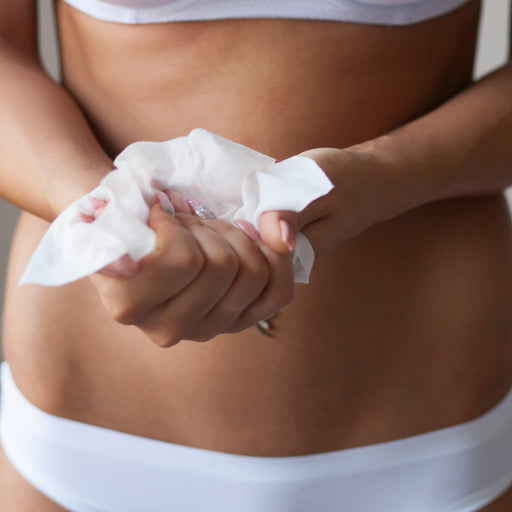over $250.00
How long in human history has hair removal been performed by waxing and sugaring?
Waxing and sugaring are two popular methods of hair removal that have been practiced for centuries in various cultures around the world. Both methods involve applying a sticky substance to the skin and then removing it along with the hair. Let's delve into the history and culture of each technique:
Waxing:
- Waxing can be traced back thousands of years to ancient civilisations such as the Egyptians, Greeks, and Romans. In ancient Egypt, hair removal was considered a symbol of cleanliness and beauty. Women would use a mixture of beeswax and oil, and sometimes resin, to create a sticky paste, which was then applied to the skin and quickly pulled off, removing the hair from the root.
In ancient Rome, hair removal was primarily practiced by wealthy women and men. They used a similar waxing method, and it was considered a part of their grooming routine. Waxing was also prevalent in ancient Greece, where athletes would remove body hair to enhance their performance and showcase their physiques during sporting events.
Over time, waxing techniques and formulations evolved. Modern waxing typically involves applying heated wax to the skin using a spatula or roller, allowing it to harden and adhere to the hair. The wax is then swiftly removed in the opposite direction of hair growth, uprooting the hair from the follicle. These products are known as hard non-strip waxes.
Strip waxes are heated to melting point and applied in a similar way, using disposable wooden spatulas. A cotton or gauze fabric strip is immediately laid over the wax. Once the wax firms up, the strip can be pulled back in the opposite direction with the same or similar effect of uprooting all the hairs.
Sugaring:
- Sugaring is believed to have originated in ancient Egypt and has been used as an alternative to waxing for hair removal. The exact origins of sugaring are unclear, but it is thought to have been practiced by both men and women in the Middle East and North Africa.
Sugaring involves a mixture made of sugar, water, and lemon juice or other natural ingredients. The paste is applied to the skin and then flicked off, removing the hair from the root. This technique gained popularity due to its natural ingredients and less discomfort compared to waxing.
In some cultures, sugaring has cultural and religious significance. For example, in the Middle East, sugaring is considered a pre-marriage ritual, and women often undergo sugaring as part of their wedding preparations.
In recent years, both waxing and sugaring have gained popularity worldwide. They are practiced in salons, spas, and at-home settings, offering individuals a variety of options for hair removal.
It's worth noting that both waxing and sugaring have their pros and cons. Waxing is known for its effectiveness on coarse hair and larger areas, while sugaring is often considered gentler on the skin and may result in less redness or irritation.
Overall, the history and culture of hair removal by waxing and sugaring highlight the long-standing human desire for smooth, hair-free skin, and the evolution of techniques and cultural practices surrounding this form of grooming.
